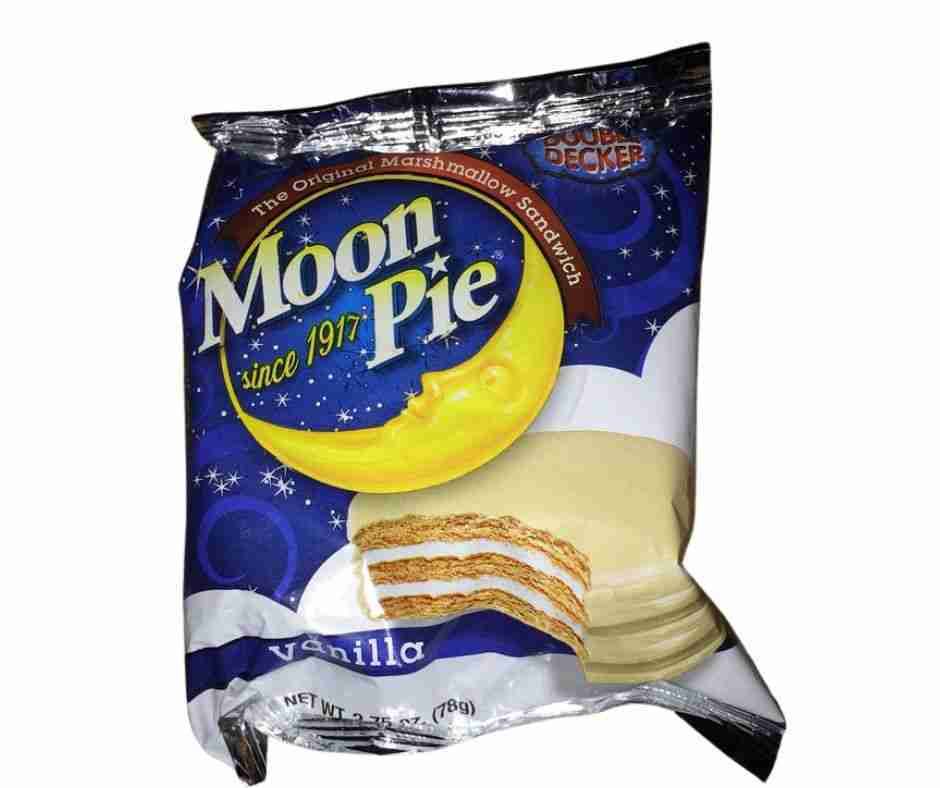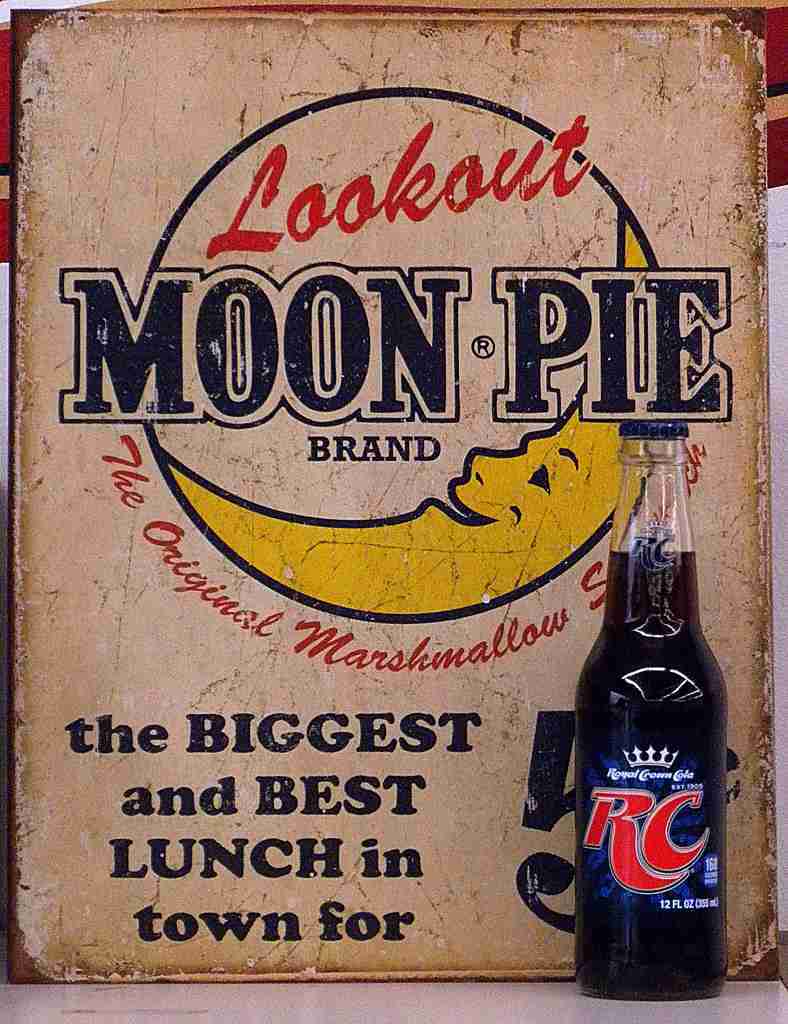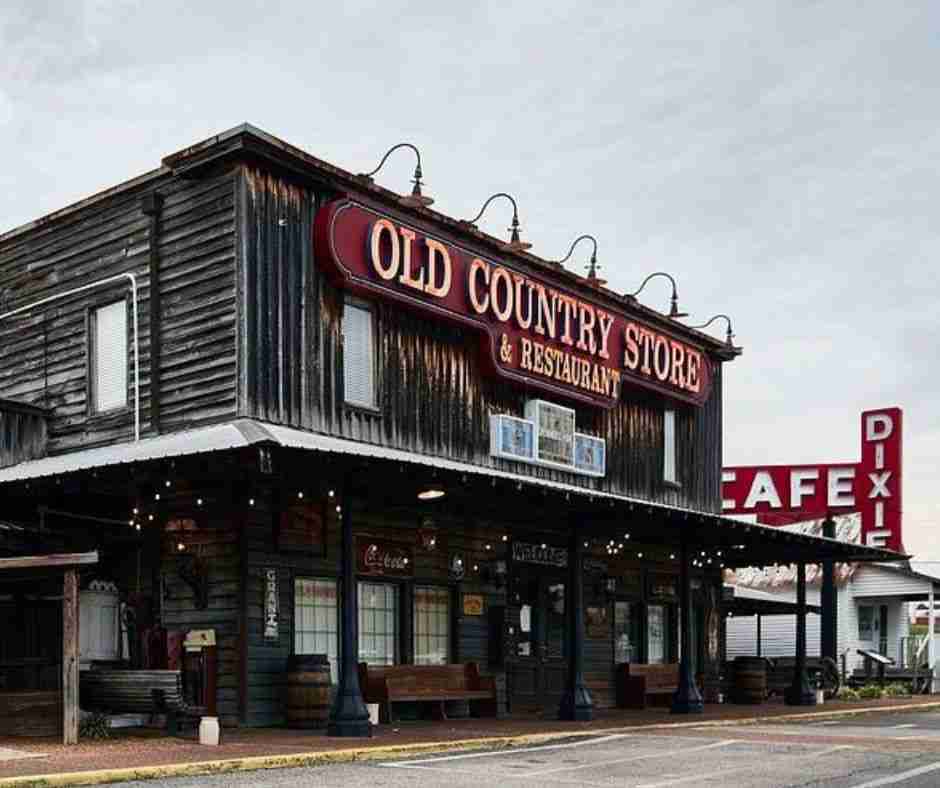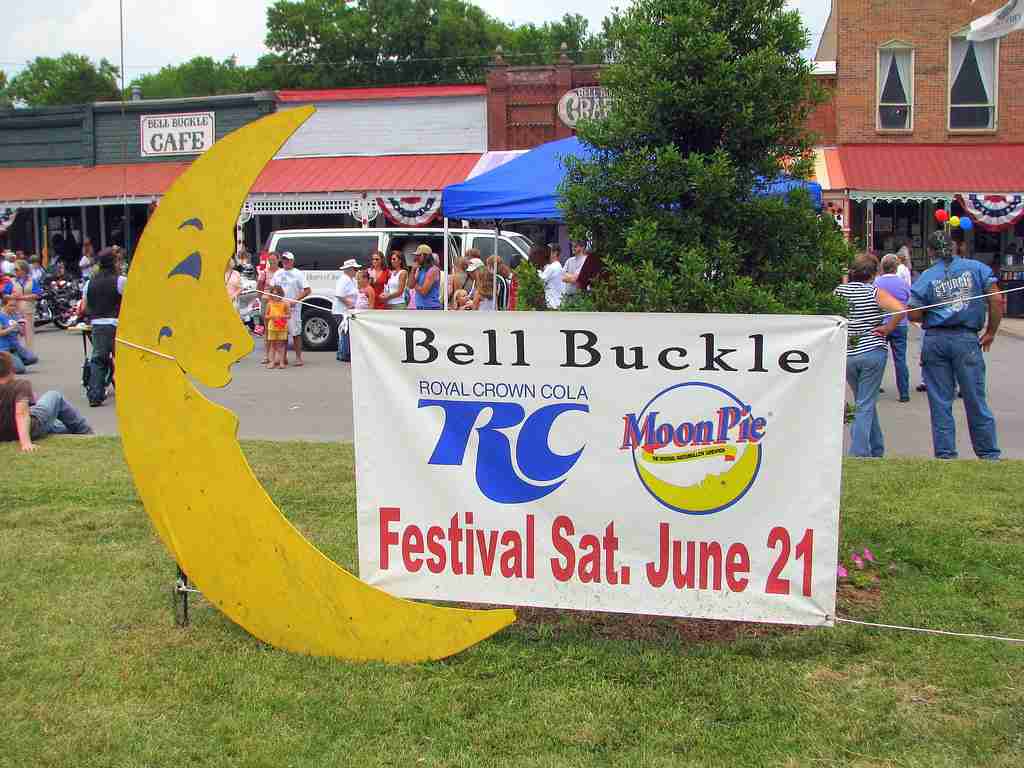Over The Moon for Moon Pie: From Coal Mines to Cultural Icon

There are snacks, and then there’s the Moon Pie. It’s the kind of treat that holds a certain charm, sitting on the shelves of country stores, its chocolate-coated promise tempting anyone with a taste for something classic. Moon Pies have been around for over a century and are more than just a cookie with marshmallow filling. They symbolize ingenuity and Southern culture, crafted for the working person and enjoyed by generations. So, how did a simple snack from Chattanooga become such a staple? Here’s a look at the story of this classic treat and why it’s still “over the moon” in popularity.
Humble Beginnings in Chattanooga (1902)
The story starts in Chattanooga, Tennessee, in 1902, when the Mountain City Flour Mill opened the Chattanooga Bakery to make use of its leftover flour. At first, they had no big plans—just a simple goal of turning excess flour into something profitable. They began churning out various treats under the Lookout brand, named after the well-known Lookout Mountain in Chattanooga. Ginger snaps, wafers, lemon cookies, and other snacks appealed to anyone with a sweet tooth.
To get these goodies into people’s hands, Chattanooga Bakery used “rolling stores”—peddler trucks that traveled around rural Appalachia. These trucks would stop at general stores, farms, and even coal mines, where they’d sell sweets to folks who were often miles from the nearest town. The bakery had a hit on its hands, but no one knew how big that hit would get. All it took was one conversation with some Kentucky coal miners to set the wheels in motion.

The Miners’ Request: The Birth of the Moon Pie (1917)
In 1917, one of the Chattanooga Bakery salesmen was making his usual rounds when he stopped at a general store in Kentucky. After a polite but unimpressed store owner turned down his sales pitch, he stepped outside and started talking with a group of miners lounging on the porch. They told him their honest opinion about his cookies—they were too small and didn’t keep them full for long.
One miner had a solution: “You need something big, with two graham crackers and some marshmallow in between, like a pie.” Another miner chimed in, saying they wanted it “big as the moon.” That casual conversation led to creating the original Moon Pie: two round graham cracker cookies with a marshmallow filling in the middle, all coated in chocolate. It was big, filling, and priced just right. The treat was a hit, and the bakery soon produced them alongside their other products.
Rise to Popularity in the Working Class
The Moon Pie quickly became a staple among workers, especially miners, who needed a filling and affordable snack. It was a “working man’s lunch,” big enough to satisfy but still light enough to carry into the mines or fields. The combination of size and price—just five cents at the time—was unbeatable. Workers could enjoy a snack that felt like a meal for a nickel. And for an extra nickel, they could wash it down with an RC Cola, making for one of the most iconic food pairings in the South.
As word spread, demand for Moon Pies grew. Chattanooga Bakery eventually stopped producing their other treats to focus solely on Moon Pies, realizing they’d struck gold. The bakery began shipping the pies throughout the South, where they gained a reputation as an everyday treat, especially among working-class families.

Moon Pie on the Move: The 1920s and 1930s Expansion
The 1920s and 1930s were good years for the new product. People across the South began to recognize them as a dependable snack, a part of life you could count on. The four-inch treat became a staple in corner stores and small shops. It was affordable, satisfying, and familiar. By now, the Chattanooga Bakery had made the Moon Pie their primary focus, with other products falling to the wayside.
While the pies were especially popular in the South, they eventually made their way to Northern cities. Migrant Southern workers brought them along as they took jobs in the steel mills of Chicago and the automobile plants of Detroit. The snack began to gain a foothold in places beyond its Appalachian roots.
Moon Pie’s Role During World War II
When World War II broke out, Moon Pies found their way overseas, shipped to soldiers looking for a taste of home. These marshmallow-filled treats offered comfort and a connection to the familiar Southern landscape, even for those stationed thousands of miles away. In the years after the war, the tasty treat remained popular as soldiers returned home, and the treat began to spread beyond the South, carving out its place in the broader American snack market.
A Sweet Makeover: The Double Decker Moon Pie (1960s)
By the 1960s, the Chattanooga Bakery faced a new challenge—vending machines. Traditional Moon Pies were too light to trigger the machines’ weight-sensitive mechanisms. Rather than risk losing a key market, the bakery doubled down, literally, by creating the Double Decker Moon Pie, adding an extra layer of graham cracker and marshmallow. This larger version worked well in vending machines and offered a new experience for fans of the treat. The bakery raised the price to a dime, but the added layers proved popular, with Double Deckers eventually making up almost half of the product’s sales.
Around this time, Moon Pies also began to evolve in flavor. The bakery introduced new varieties, like vanilla and banana, to offer more options to fans of the treat. Today, you can find Moon Pies in flavors ranging from strawberry to salted caramel to orange—each with its fan base.
Modern Flavors and New Traditions
Today, Moon Pies are no longer just a snack from the South; they’re part of America’s cultural fabric. You’ll find them in gas stations, grocery stores, and country markets across the U.S. They’ve even become a staple at Mardi Gras, tossed from floats to cheering crowds in a tradition unique to Mobile, Alabama. And in one of the most unusual tributes, Mobile drops a 600-pound electric Moon Pie from the sky each New Year’s Eve to ring in the year.
With so many flavors and so much history, the Moon Pie remains as popular as ever. Thousands of stores nationwide carry them; more than a million are sold daily.

Moon Pie: A Timeless Treat
The Moon Pie isn’t just a snack but part of Americana. What started as a solution for leftover flour in Chattanooga has grown into a cultural icon with a history that’s as rich as its marshmallow filling. For over a hundred years, it’s been a companion to workers, a comfort to soldiers, and a beloved treat for families everywhere. So, grab a Moon Pie and an RC Cola next time you find yourself in an old country store. You’ll be enjoying a piece of history that began on a porch in Kentucky and grew to become “as big as the moon.”


Comments are closed.